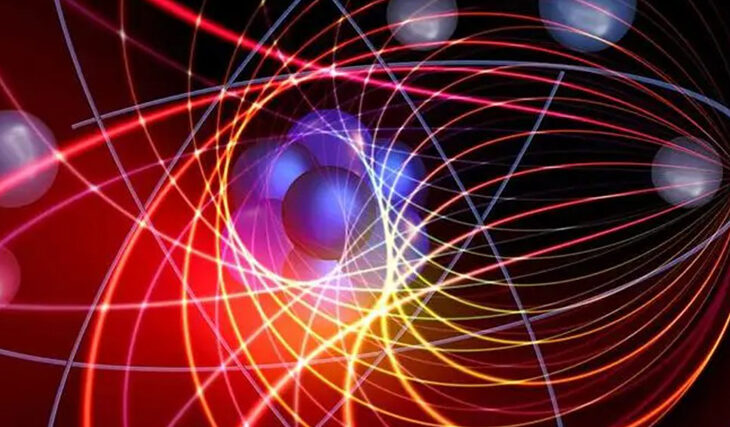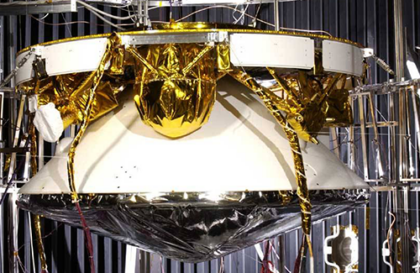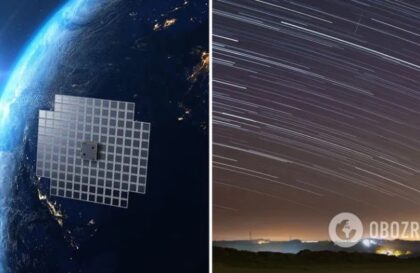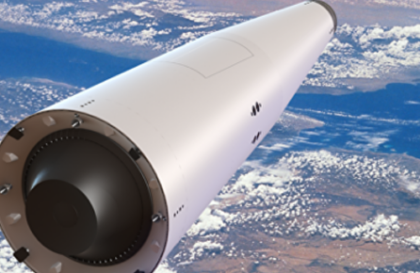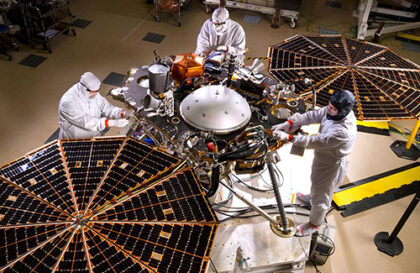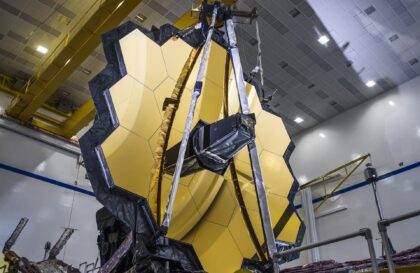The Cold Atom Laboratory was sent to the International Space Station in 2018, where it used lasers to cool atoms to temperatures close to absolute zero, forming a Bose-Einstein condensate (BEC). This BEC allows scientists to study the quantum properties of atoms at the macroscopic level.
The Cold Atom Laboratory conducts experiments on the International Space Station, controlled remotely from NASA’s Jet Propulsion Laboratory. Her goal is to explore the nature of atoms and quantum science in microgravity, which could lead to the development of new technologies, including transistors and microchips.
The Cold Atom Laboratory (CAL) consists of two containers: a “quad locker” and a “single locker” where clouds of ultracold atoms are created.
What technologies use quantum phenomena?
Quantum computers use the superposition and entanglement of quantum bits (qubits) to perform complex calculations at unprecedented speed. They have the potential to revolutionize fields such as cryptography, optimization, and materials science.
Quantum cryptography enables secure communications by using the principles of quantum mechanics to create unbreakable encryption keys. Any attempt to intercept communications would disrupt the quantum state, alerting the sender and recipient.
Quantum sensors use quantum interference to achieve high-precision measurements of quantities such as time, acceleration, and electromagnetic fields. They find applications in navigation, geophysics, and medical imaging.
Quantum communications enable secure transmission of information over long distances using quantum entanglement. It has the potential to create unbreakable communication channels.
Quantum metrology uses the subtle quantum states of particles to measure physical quantities with unprecedented precision. This has applications in areas such as atomic clocks and GPS systems.
Quantum imaging techniques use quantum states of light to improve the resolution and sensitivity of imaging systems. It finds applications in microscopy, telescopes, and remote sensing.
Quantum sensing involves using quantum properties to detect and analyze extremely weak signals such as gravitational waves or tiny magnetic fields. It has applications in fundamental physics and medical diagnostics.
The quantum properties of materials are being used to create new devices such as superconductors, quantum dots, and quantum well lasers, leading to advances in electronics, energy storage, and optoelectronics.
QKD protocols use quantum states to securely distribute encryption keys, prevent eavesdropping, and ensure confidential communications.
Quantum simulators reproduce complex quantum systems that are difficult to study with classical computers, allowing researchers to gain insight into chemical reactions, material properties, and more.
Some researchers are studying potential quantum effects in biological processes such as photosynthesis to better understand fundamental mechanisms in living systems.
Why does microgravity help quantum research?
In microgravity, the influence of external forces such as gravity is significantly reduced. This noise reduction allows researchers to isolate and study quantum systems with greater precision because they are less susceptible to environmental disturbances.
For example, researchers can create and maintain entangled states for longer periods, advancing quantum communication. Microgravity also allows for more precise manipulation of quantum systems, aiding experiments such as the creation of Bose-Einstein condensates (BECs) to study fundamental quantum behavior.
In short, microgravity provides a controlled, interference-free environment that allows researchers to study the complex behavior of quantum systems with increased precision and over longer periods. This environment is especially well suited for studying delicate quantum phenomena and controlling quantum states.
Credit рhoto:
https://iai.tv/articles
https://www.jpl.nasa.gov
